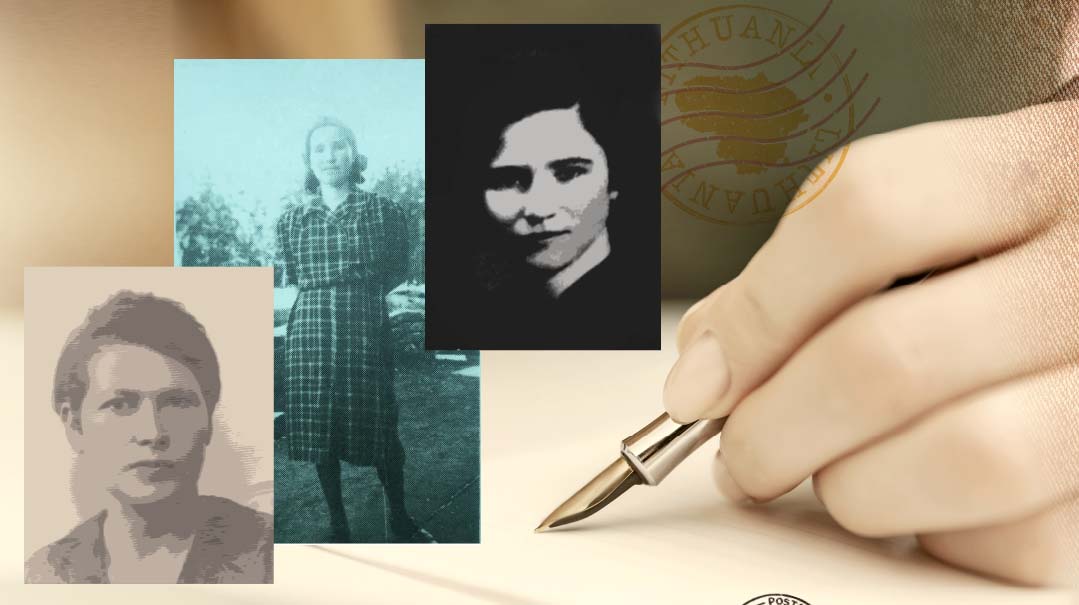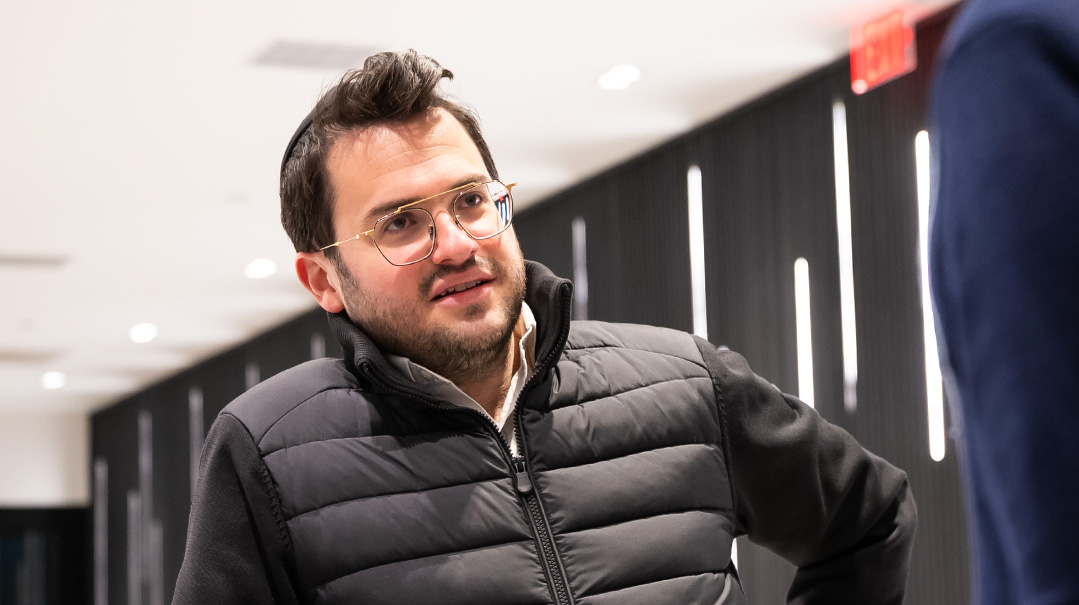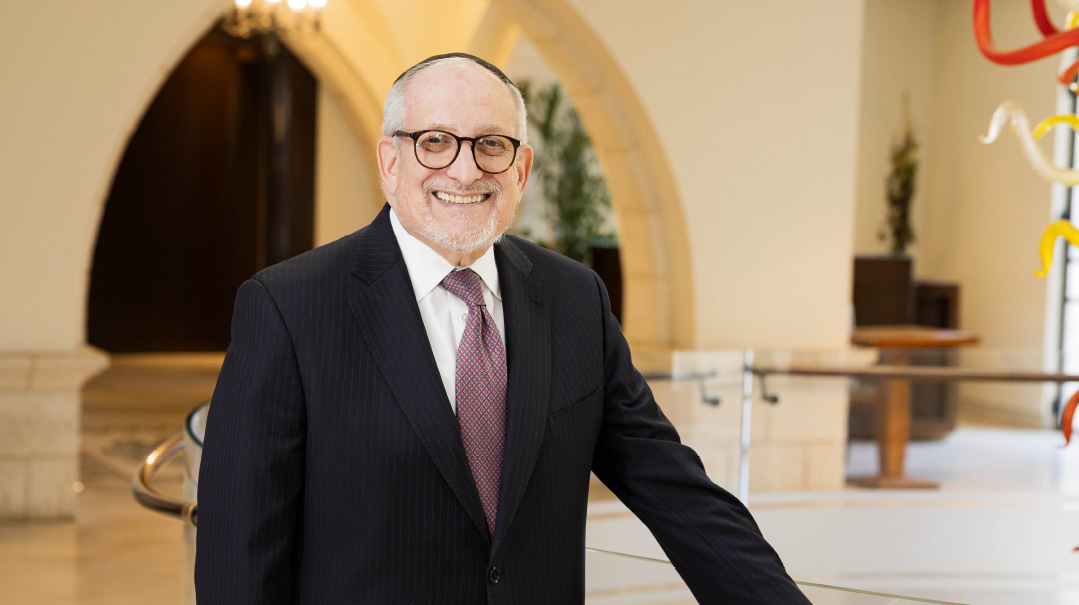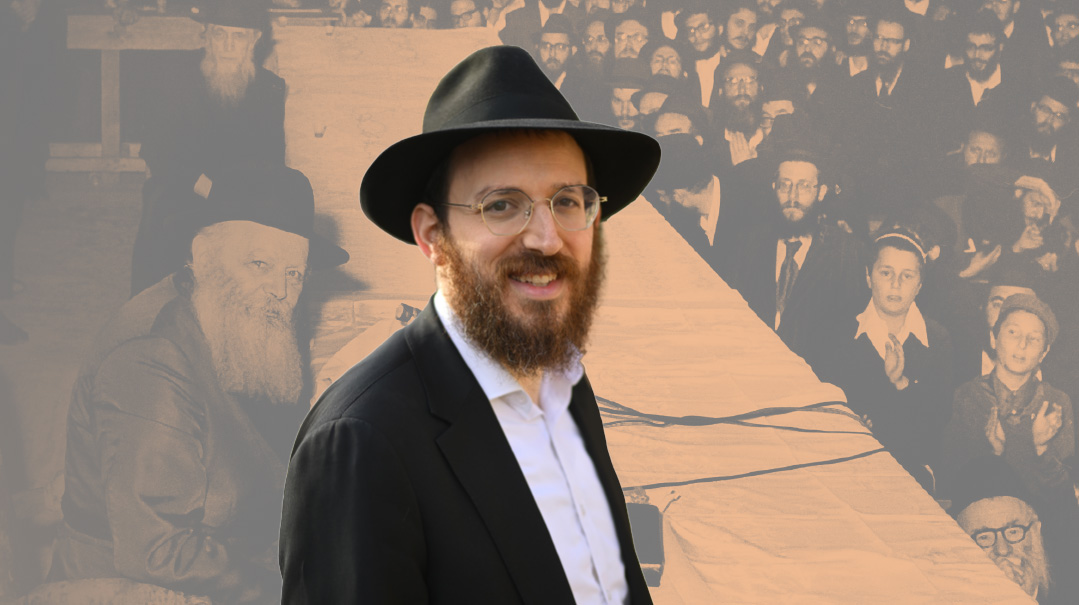Last Ne’ilah in Telz
| August 31, 2021The final accounts of Telz's last Jewish women

The world of the archives upends reality. Our modern eyes are primed to prefer whatever sparkles and shines, and our imaginations are captivated by the new, the fresh, and the life-changing. But in the archives, your cart full of bland cardboard boxes, identical in appearance, holds only and always the secrets of the past.
Open each gray file and you’ll find colorless forms and government registers, fragments of newspapers that crumble in your hands. Within each container you’ll discover evidence of lives lived long ago, the silt and sand of the humdrum. But if you lean in closely, within those pallid packages you might hear the whispers of triumph and tragedy that pulse between the lines. Read carefully, and you might even reveal the hidden mysteries of our people, of noble lives cut down in the midst of their glory, stories of unsung heroines that have never before come to light.
My journey through the archives at New York’s Center for Jewish History unfolded in precisely this way. I did not know exactly what might emerge as I requested cache after cache of documents centering on the Holocaust experiences of Lithuanian Jews. My cart, ferried out by an archivist from deep within the library, seemed to be little more than a study in sameness. I had no idea that the contents of those cardboard boxes would cry out to me, in Yiddish and in Hebrew, challenging me to reach further, to dig deeper. Humbly nestled in the midst of thousands of identical cartons stored in the warehouse at 15 West 16th street in Manhattan, the women of Lita were waiting for me to find them and to tell their story.
Because these Litvishe Ladies, as I began to think of them, were like none I had ever encountered. The stories of spiritual fortitude I discovered were interwoven with a level of Torah learning way above common perception, certainly for women of the prewar era. As I would soon learn by piecing together books and newspaper articles from the 1920s and ’30s, these women did not learn in the manner of their Polish and Galician counterparts; Sarah Schenirer’s Bais Yaakov system was foreign to them. But their means of collective study reflected a very high educational standard: They learned, wrote, and communicated in Hebrew, and they were conversant in halachic concepts that one generally assumes were the sole domain of talmidei chachamim. Even their vernacular was laced with the language of lomdus that permeated the Litvishe yeshivah world.
Above all, the devotion of these women to Torah learning and halachah touched my heart. I decided to dedicate myself to the research of these women, individually and as a group. I felt their call to immortalize them, so that they could live on in our hearts and minds, and remind us of the capacity for greatness and agency that lies within each bas Yisrael, indeed within every Jewish soul.
The first set of testimonies I read was compiled by Leyb Koniuchowsky, a Lithuanian engineer born in Alytus in 1910. Koniuchowsky was interned in the Kovno ghetto after the Nazi takeover in 1941, and when the war ended, he was driven by a quest to gather eyewitness testimonies — first in Lithuania, then Poland, and then in the displaced persons camp at Feldafing, Germany. Koniuchowsky worked for four years, assiduously compiling the accounts in Yiddish by hand, and often procuring the survivors’ signatures for the statements he transcribed and paraphrased. Because of the close geographical and chronological proximity of the testimonies to the events they describe, Koniuchowsky’s archive is considered to be extremely reliable. In the late 1980s, Dr. Jonathan Boyarin, currently the Mann Professor of Modern Jewish Studies and Professor of Anthropology at Cornell University, translated this collection of approximately 150 testimonies into fluid English prose, such that they are even more accessible.
There are only two testimonies within Koniuchowsky’s collection that describe the destruction of Telz, one of the oldest towns in Lithuania, and one of the first to be bombed by the Germans as part of Operation Barbarossa. Both of these accounts were given by women: Malka (Rabinovitz) Gilis and Chava Pelts describe the demise of their town in heartbreaking terms.
To set the scene: The year was 1941, and Eastern Europe was in the throes of Nazi mayhem. Breaking their preexisting pact with the Soviets, Nazi forces invaded the Lithuanian territories on June 22, occupying Memel and spreading outward to the towns and villages of Lithuania. The Nazis galvanized Lithuanian peasants by activating their nationalistic tendencies, fanning the flames of latent anti-Semitism into a full-blown and murderous blaze. The German detachments, known as Einsatzgruppen, plowed through the Lithuanian countryside, rounding up Jews to torture them, ultimately forcing them to dig their own graves and then proceeding to shoot them to death. The Rainiai forest adjacent to Telz was the site of the first round of cold-blooded, systematic mass murders that would lead to the decimation of nearly all of the Jews of the town and all of those who came to seek refuge in Telz prior to the Nazi takeover. The men were first to be rounded up and killed on July 16 and 17;; after interning the remaining women and children for more than a month in the nearby Geruliai camp, the Nazis engaged in another killing spree and annihilated them.
After the initial round of murders — first of men and then of older women and children — 500 women were taken back to Telz, where they found their homes ransacked and the former Jewish quarter entirely overtaken by Lithuanians. The women were confined to the poorest part of town, from which they were to serve as day laborers for the adjacent peasant farms. This women’s ghetto existed from late August to late December, when all the remaining women trapped in the ghetto were murdered.
From amid the rubble and ruin of their lives, when they remained alone to mourn their husbands, their fathers, their rabbanim, and their children, these women raised their voices. They came together on Shabbos and on Yom Tov; they came together to care for one another and strengthen each other with divrei Torah and tefillah. Of these 500 women, there are some voices that yet resonate. Through their legacies, in the written words and in the deeds immortalized by others, we can know them. Hadassah, Golda, and Ella! It is time for you to speak to a new generation.
Oops! We could not locate your form.






